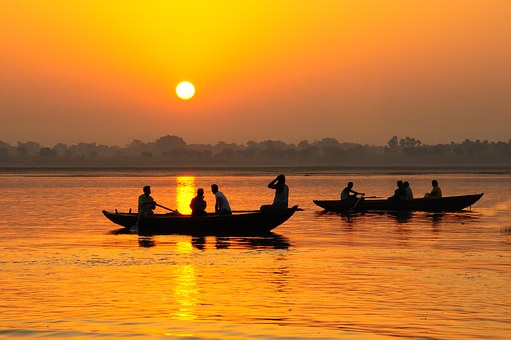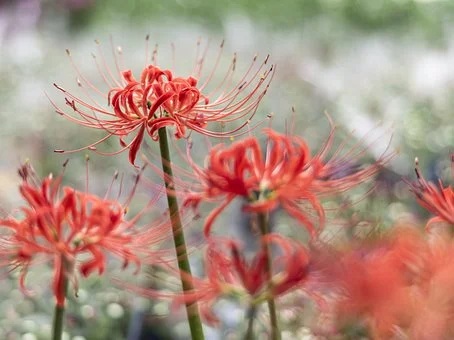When rebirth is about to take place, the bardo being will encounter a man and a woman in sexual intercourse. If the being is to be reborn as a male, it will feel anger and jealousy toward the man but desire for the woman; if the being is to be born as a female, it will harbor anger and jealousy toward the woman but desire for the man. As long as desire and anger are both present, rebirth will take place immediately. The first few months after taking rebirth, one remains unconscious. Because this period of unconsciousness lasts a long time, one forgets everything that happened in the last life after being born.
~Depicted from THE HANDBOOK'S FOR LIFE JOURNEY - On Death And Rebirth-How to Take Rebirth










